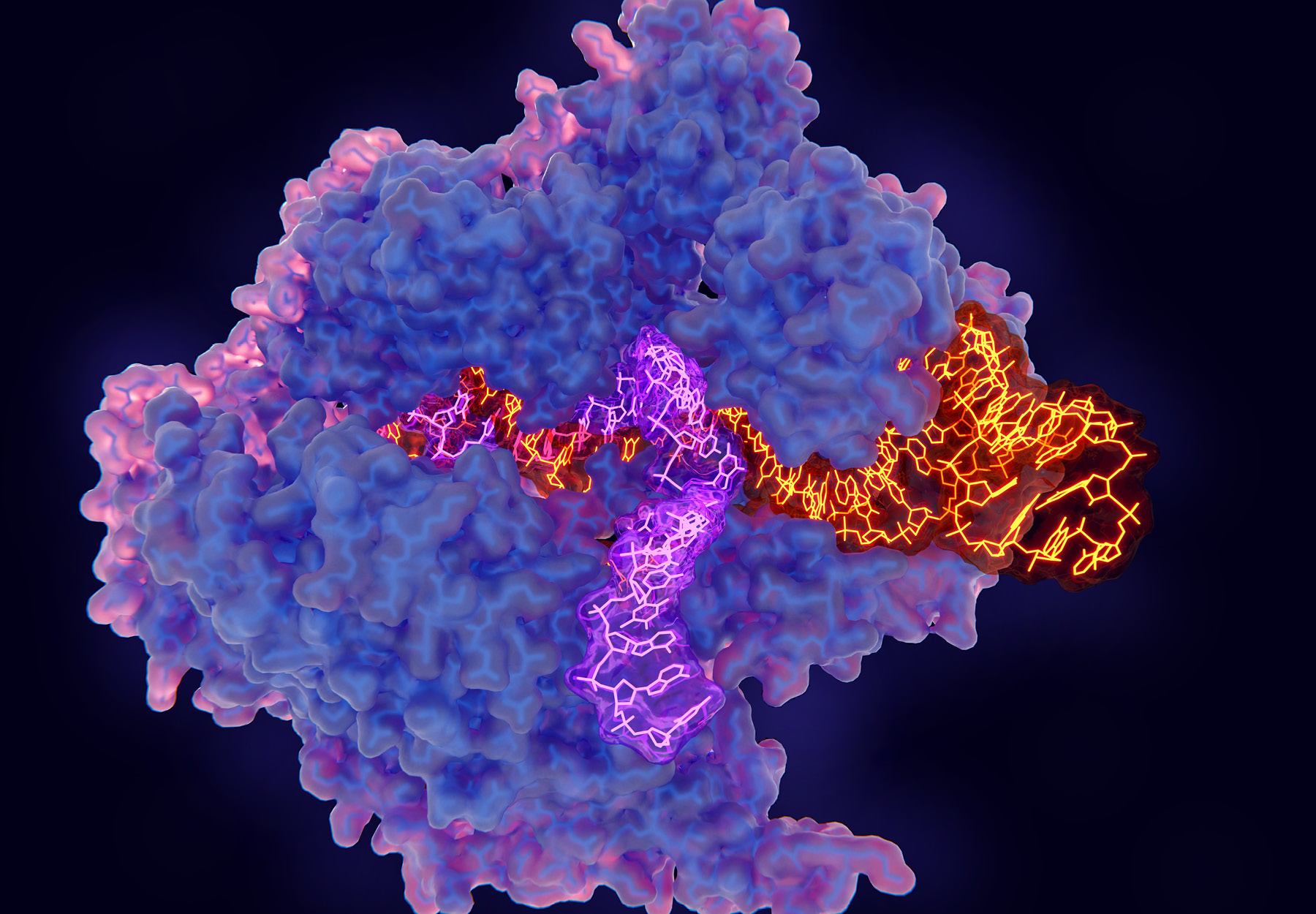Could CRISPR-Based Options Be the Next Generation of COVID-19 Diagnostics?
While it may be in retreat, COVID-19 is unlikely to perish completely from the earth. And even if it does, some other nefarious form of infectious agent is bound to emerge. All of this creates an urgent need for simple, scalable, and rapid diagnostics capable of detecting the SARS-CoV-2 virus at the point of care. While they may suffice for the moment, molecular, antigen, and antibody tests in current use have significant limitations. However, researchers and laboratory companies are hard at work developing alternatives. Perhaps the most promising of these is testing based on clustered regularly interspaced short palindromic repeats (CRISPR) to detect genetic material associated with the virus. The Diagnostic Challenge Of course, molecular detection of SARS-CoV-2 DNA is also the basis of current tests. Coronaviruses are single-stranded RNA (ssRNA) viruses with eight accessory proteins and four major structural proteins. Current tests target different components to detect SARS-CoV-2, including the spike protein (S), small envelope protein (E), nucleocapsid protein (N), and RNA-dependent RNA polymerase (RdRp) gene of the ORF1ab sequence. The most commonly used method of COVID-19 detection, reverse transcription quantitative polymerase chain reaction (RT PCR), is considered to be the gold standard for accuracy. However, RT PCR is […]

Subscribe to Clinical Diagnostics Insider to view
Start a Free Trial for immediate access to this article